
Partners
Introduction befriended partners.
![]()
Dr. Rhea Thöngens Stringaris [Greece / Germany].
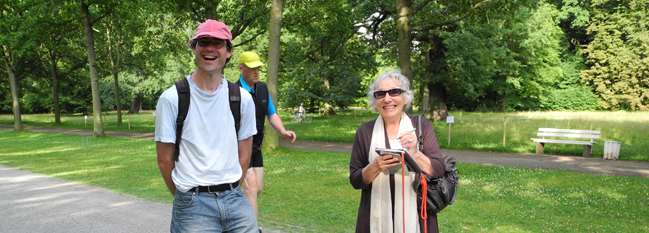
Dr. Rhea Thönges-Stringaris [*1934] studied art history and archeology in Bonn and Munich. Until 1974, museum activities in the State Art Collections in Kassel. Since 1972, friendship and cooperation with Joseph Beuys. 1977 Establishment of the FIU - Branch office in Kassel. 1979 Founding Member of the 'Green'. 1980-1987 Member of the Documenta's Supervisory Board. 1982 Participation in Action: '7000 Oaks'. 1989 Establishment of the FIU-research firm. Lives in Kassel Germany and Athens Greece. Numerous lectures and publications on Joseph Beuys and the archaeological research [including: The Greek monument to the dead-relief ', Berlin 1966]. 'Lester Raum' [Last room] Joseph Beuys. dernier espace avec introspecteur', Stuttgart 1986> The longer but the event is removed. .. < To Joseph Beuys, Peter Handke, Wangen 2002].
![]()
Artemis Potamianou [Athens Greece].

Artemis Potamianou attained a BFA Degree from the Athens School of Fine Arts in 1997 and an MFA from the Staffordshire University, Great Britain in 1999. Since 2012, she is the curator of Art Athina. She has nothing but utmost high regard for the Greek capital she currently works and plays in: "Athens is a city which makes you live as a Flâneur of the present and to discover the great contradictions of the historical centre." Potamianou's diverse curative portfolio of over 45 exhibitions in her career include those for the influential who's who within the international art scene. These range from American conceptual artist Joseph Kosuth and controversial British installation artist Damien Hirst, to the Guerrilla Girls, an anonymous self-styled group of female artists who have banded together to fight discrimination in the art world. Also an equally prolific visual artist in her own right, Potamianou has held 18 solo exhibitions, as well as been part of over 95 group shows, including the 1st Biennale of Thessalonica, the BIDA Biennale of Spain, the Biennale Internazionale Dell’ Arte Contemporanea in Florence, the 3rd Athens Biennale, as well as the Amsterdam, Tel Aviv and Moscow editions of Sotheby's. And why not, when she's clearly inspired by her environment? As she said of Athens: "The city centre is multi-dimensional and is always inspiring you as artist or curator."
Curator Artemis Potamianou [MOMA New York & Tate London], considers the Milena principle as one of the 49 most important independent art platforms from all over the world, distinguishing themselves by working on unconventional ways and by establishing unexpected and influential debates on art. Based on the “unity is strength” principle, the platforms have secured their own place on the international art arena without antagonizing the environment they are called upon to serve.
![]()
Stella Mygdali [University Edinburgh / Athens].

Stella Mygdali [Edinburgh] is a registered architect [University of Patras, Greece]. She holds an MSc by Research [Distinction] from the University of Edinburgh. Currently, she is a PhD candidate in Architecture at the University of Edinburgh. Her academic work focuses on the ways in which research on environments of intimacy and risk contributes to an understanding of the performative character of architecture.
She is also a founder member of the PAUST group, a multidisciplinary network consisted of architects, performers and artists, which researches, proposes and reflects on architecture, urbanism and space through the lens of performance and theatre, and vice versa.
![]()
Christos Kakalis [University Edinburgh / Athens].
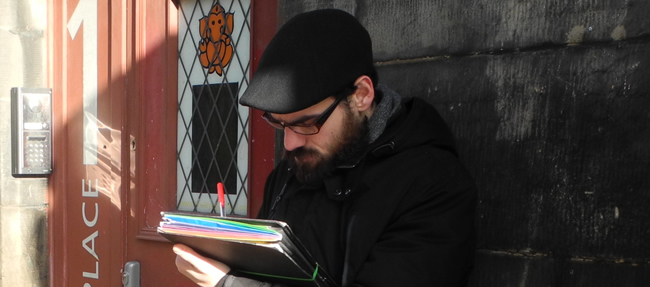
Dr. Christos Kakalis [Edinburgh] is an architect [University of Thessaly, Volos, Greece]. He obtained the interdisciplinary MSc ‘Design, Space, Culture’ at the National Technical University of Athens. He holds a PhD in Architecture from the Edinburgh School of Architecture and Landscape Architecture [E.S.A.L.A] His work focuses on the conditions of embodied experience of the architecture and natural landscape.
Since October 2014, he has been conducting postdoctoral research between McGill University and The University of Edinburgh on the role of silence in architectural experience. He is currently working on the forthcoming monograph Place Experience of the Sacred: Silence, Communal Ritual and the Topography of Mount Athos [Peter Lang, 2017] and the edited collection [along with Dr Emily Goetsch] Mountains, Mobilities and Movements [Palgrave Macmillan, 2016].
![]()
Marielys Burgos Melendez [Puerto Rico].
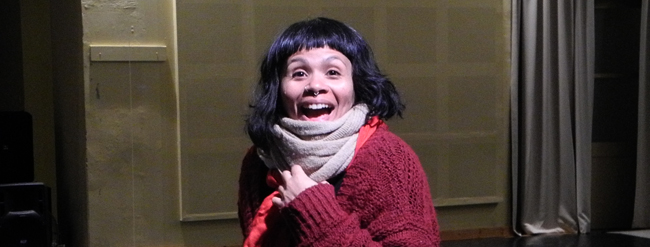
Marielys Burgos Melendez [Puerto Rico] is an independent artist/researcher from San Juan, Puerto Rico. Her creative practice encompasses dance, performance art, movement and video installation, video art and creative writing. Through her current research, ISLA en FUGA, Marielys is dislocating herself, deepening in the experiences of mobility and survival strategies.
http://www.marielysbm.wordpress.com/
http://www.bitacorarealenga.wordpress.com/
![]()
Marcin Barski [Krakow Poland].

For quite a long time Marcin Barski [curator Soundscape Institute Krakow Poland] is collecting information about Ludwig Karl Koch [1884-1974], broadcaster for BBC and sound recordist. Ludwig Koch was probably the first field recordist ever, who started recording bird songs at the age of 8 in late 19th century. His parents bought him a toy-gramophone and he used it to collect variety of sounds: animal sounds, audio autographs [few words by famous people of his time] etc. His passion became his main occupation later on and he ended up running a nature-sounds radio show on BBC, very popular in 40s and 50s.
Reading his memoirs Barski found out that in early 1930s Koch was commisioned to make recordings of urban sounds of Cologne and Leipzig. He writes: "Two cities, Cologne and Leipzig, commissioned me to make soundbooks of their typical noises - for nearly every city has its characteristic sounds. From both cities I now have recordings of sounds that will probably never be heard in them again, because of action during the war." Most of his recordings were destroyed by the Nazis after he fled from Nazi Germany to the UK in 1936.
![]()
Horacio González Diéguez [Santiago de Compostella Spain].
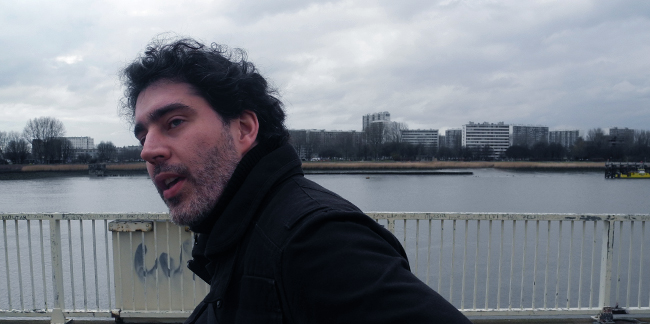
Horacio González Diéguez. Degree in Fine Arts and PHD in Design an Engineering at University of Vigo. He is part of VHPlab as an artist and adeveloper. His creative work involves digital error, low technologies, interaction between people and computers.
![]()
Enrique Thomás [Madrid Spain].
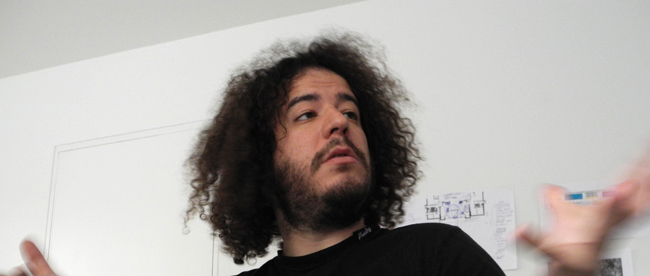
Enrique Tomás [Madrid 1981] is a sound artist and researcher who dedicates his time to finding new ways of expression and play with technology. His work explores the intersection between computer music, locative media and human-machine interaction. He is a member of a number of collectives through which he develops various aspects of his work: the phenomena of listening and the value of sound heritage with escoitar.org, electroacoustic improvisation with Endphase and sound installation with FASE. As an individual artist, Tomás’ activity is centred around ultranoise.es and focuses on performances and installations with extreme and immersive sounds and environments. He has worked for Ars Electronica, Sonar, KUMU, S.M.A.K., MedialabPrado, Laboral, STEIM, Arteleku etc., and in galleries and institutions throughout Europe and in Mexico. Also an educator, he has led many workshops on the use of technologies for creative expression. Following his work as sonic researcher at Futurelab (Ars Electronica’s media art R&D lab), he is now the director of the Labor Für Elektroakustische Musik und Neue Medien in Linz, Austria.
http://www.ultranoise.es/blog/
![]()
Xoán-Xil López [Santiago de Compostella Spain].
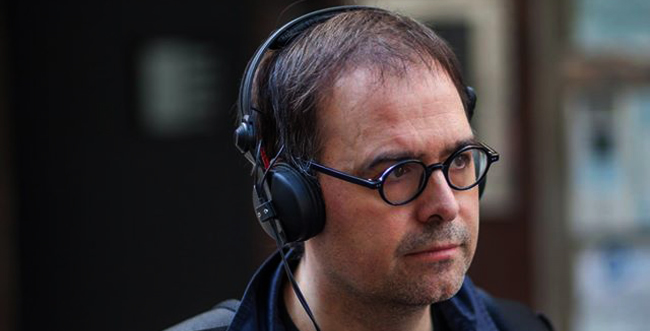
Xoán-Xil López, musicologist and soundartist. Member of mediateletipos.net and artesonoro.org. He developed interdisciplinary projects about ethnomusicology [music and ethnicity], about contemporary music and about the relationship sound and Fine Arts. Researcher into “aurality”, soundscape and the use of environmental sounds in contemporary art.
![]()
Atelier LATENT - Bertram Weisshaar [Leipzig Germany].

The artist and researcher Bertram Weisshaar. Atelier Latent focuses on artistic practices and research of Spaziergangwissenschaft [strollology] and is run by the artist and researcher Bertram Weisshaar, initiating since 2001 a continuity of exhibitions, urban interventions, workshops and seminars, in the last years as well focusing on the creative use of locative media within walking practices.
Bertram Weisshaar had the chance to meet and assist the artistic work Geert Vermeire and Stefaan Van Biesen (the Milena principle) in Leipzig last year [2015]. Their artistic interpretation and research of Spaziergangwissenschaft in a performative context and with new media runs parallel with the fields interests and activities of Atelier Latent and we embrace a collaboration, further exchange of practices and establishing projects, on short term and long term [2017-2019] relating to walking practices and digital media, involving and developing our locative media platform talk-walks.net/
![]()
Ingrid Pee [Kassel Germany].
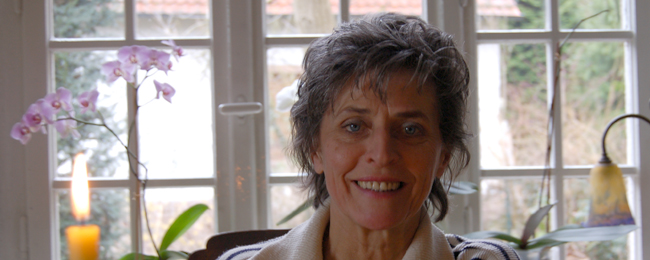
Ingrid Pee was an employee of the 'Office 7000 Oak' [Documenta 7 - 1982] by the German artist Joseph Beuys [1921-1986]. At the moment she is very active in a small four-man environmental party that successfully puts fingers on the ecological wounds of the region of Kassel. She is very passionate and critical. Her life consists of running her Gasthof, guiding mythological walks in the Neolithic landscape of Kassel, study of ancient mother goddess sites, organizing philosophical debates and seminars, policy workshops and to inform people about upcoming projects in the city of the Documenta.
http://www.ingrid-pee-kassel.de/
![]()